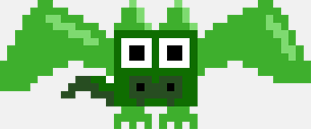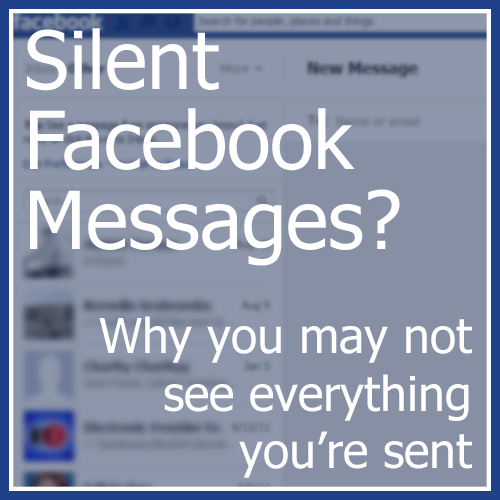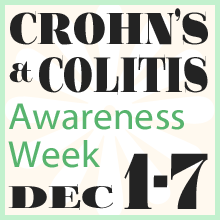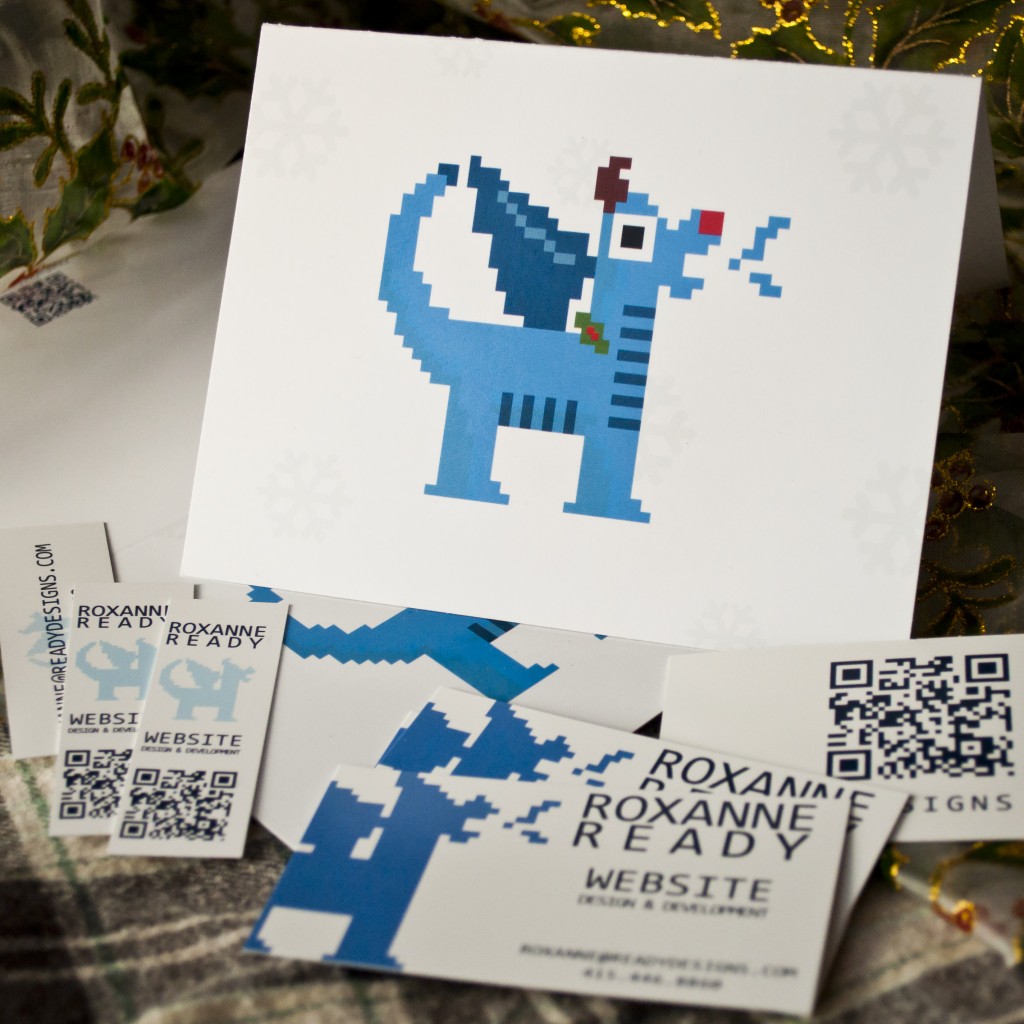Facebook really loves to play Popularity Police. If you don’t like enough of a Page’s posts, they stop showing in […]
Tweeting MIX10: 10 Things I Learned Live-Blogging on Twitter
March 19th, 2010
![]() When I went to Microsoft MIX10, I thought I would try a little Twitter experiment. I had a virgin Twitter account newly created for my freelance business. It had no followers and no content, so I had nothing to lose by trying something different from the usual “here’s another list of logos” posts I usually find in design-oriented Twitter accounts (well, it’s usually either that or what kind of sandwich the designer had for lunch – not that I mind either one). Since I set up both that and my blog literally just weeks before MIX, I decided to hit the ground running by launching with MIX10 content. My plan was to live-blog the event, but on my Twitter account rather than my blog. I thought it would be a great way to build quality content fast; it’s something that would be relevant and searched, others would find it interesting and useful if they were unable to attend, and I’d be forced to spend a little more time digesting what I was experiencing. What I didn’t realize was that because of the sheer volume of tweets needed to effectively live-blog each session, I would have over 390 tweets at the end of just four days.
When I went to Microsoft MIX10, I thought I would try a little Twitter experiment. I had a virgin Twitter account newly created for my freelance business. It had no followers and no content, so I had nothing to lose by trying something different from the usual “here’s another list of logos” posts I usually find in design-oriented Twitter accounts (well, it’s usually either that or what kind of sandwich the designer had for lunch – not that I mind either one). Since I set up both that and my blog literally just weeks before MIX, I decided to hit the ground running by launching with MIX10 content. My plan was to live-blog the event, but on my Twitter account rather than my blog. I thought it would be a great way to build quality content fast; it’s something that would be relevant and searched, others would find it interesting and useful if they were unable to attend, and I’d be forced to spend a little more time digesting what I was experiencing. What I didn’t realize was that because of the sheer volume of tweets needed to effectively live-blog each session, I would have over 390 tweets at the end of just four days.
It proved to be a valuable experience, if an exhausting one. Along the way, I learned a few things about “live-tweeting” and how to live tweet.
1) Live-Tweeting helped me assimilate the content. Taking notes is helpful for remembering points and concepts, but tweeting every nugget of information actually forced me to digest it more deeply. Communicating a point to someone else (aka teaching) is one of the best ways to cement concepts, as it causes the brain to form deeper and more personal connections than in passive listening or note-taking. Although the communication in this case was rapid and succinct, I came away with better recall of the sessions than I usually have.
2) Presentations actually distill pretty well into 140 character chunks, although some on-the-fly rewording/reorganizing was necessary. Most presentations are built around bullet points and memorable phrases, lending themselves to display as short snippets of information. However, simply tweeting bullets isn’t always enough to get the speaker’s point across, just as reading a slideshow without the talk usually isn’t very helpful. Sometimes a little creativity is required to provide value, and I felt that was critical.
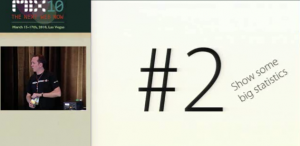
3) Live-Tweeting kept me in the mix. Since I was on my Twitter account nearly every minute I was at MIX10, I got to be a part of the larger conversations that took place under the #MIX10 tag throughout the conference. This was most entertaining during the big keynote events, when the conversation streamed past in a constant flow of opinions, comments, and informative tweets. I was instantly able to see what others thought was important, funny, or interesting in some way, which is interesting in itself. In addition, I felt like I was part of a much larger community experience, even though I never once during the keynotes themselves turned to comment directly to my neighbors. Later on, I also got to be a part of the very cool Fantastic Tavern Las Vegas event because I saw it being tweeted about.
4) Twitter tools are essential to get the most out of live-tweeting. I used Seesmic throughout most of MIX10, a tool which let me see @mentions, a search feed targeting MIX10, and my own sent messages simultaneously. This saved me from bouncing between tabs or pages to keep up with the bigger conversation, and kept me updated on mentions which I otherwise probably wouldn’t have noticed in time for them to be useful (in fact I did miss a couple on the first day before using Seesmic). I figured that live-tweeting has to be lightning fast to be useful, and there just isn’t time for all that page loading and swapping.
5) Copy-paste is a double edged sword. I used copy-paste to speed up my tweeting time. During each session, I had a notepad file open with the prefix I was using (in the format “#MIX10 Session Name: “) to save typing and keep consistency in my tweets. I usually copy-pasted from my session notes to the file, edited the note into a sensible, 140 character, content-packed tweet, and then copy-pasted that into my Twitter feed. I had one incident, however, when I was posting a list of 10 things which, unfortunately, had about three number sixes and I believe ended with a couple of number eights.
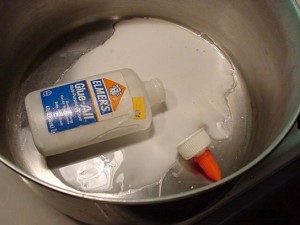
6) I should have suffixed, not prefixed my tweets with the session name. Looking over the tweets from the event, I find them much harder to skim than they otherwise would have been.With such short messages, just the session name (or shortened version) took up the first quarter to third of the tweet. At a quick glance, huge blocks look identical because readers have to scan into the middle of the tweets before they differ.
7) I needed a camera. Unfortunately, the only camera I have is a five year old, 5 mega-pixel digital fossil that not only produces grainy pictures, but utterly fails at wide or distance shots (most of what I would have been photographing). Pictures would have added color and context to the feed. In addition, there were a couple of times when a photograph of a slide would have saved me from losing information forever.
8) People did appreciate it. I was a bit worried that people would see my extreme number of tweets as spam, but the only feedback I received was positive. In fact, one person told me that he was watching one of my session tweets practically on the edge of his seat, wishing he had gone to that one instead. I went from about five spam and a couple of “thanks for following me” followers on day 1 to around 70 legitimately interested folks. It remains to be seen how many of these will stick around now that the event is over.
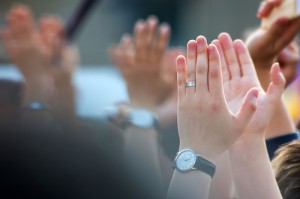
9) Live-Tweeting should probably never be done with a primary Twitter account. I’m certain I only received a positive reaction to such thorough live-blogging on Twitter because I had a fresh account with no followers. If I’d had followers to begin with, I’m sure I would have lost them all from the sheer volume of tweets. If I do something like this again, I’ll create a separate account dedicated to live-blogging only.
10) Live-Tweeting is exhausting. Between taking my own notes and keeping live-tweets flowing as close to real-time as I could, I felt like I’d run a marathon after every session. As I mentioned above, I felt that live-tweeting should be as fast as humanly possible, but I was also trying to process and output complicated points. By the end of the day, I was completely mentally worn out.
The long and short of it is, although I had no idea what I was getting into when I started, it was a valuable experience. I hope I’ll have the chance to go to other events soon so I can do it again; it was a lot of fun, kept me involved with the greater conversation, and helped me assimilate the information better than I otherwise would have. Oh yeah, and it won me the MIXrockstar prize, to boot!*
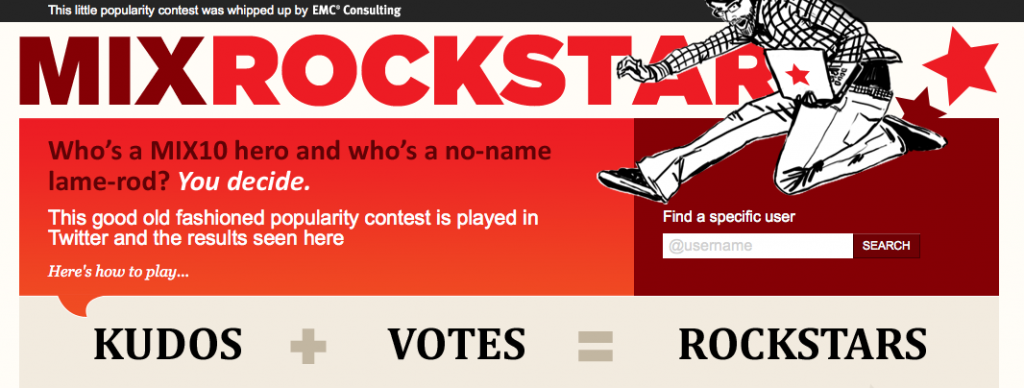
If you’re interested in live-tweeting an event, also check out this article, “How to Live-Tweet an Event” by OldMediaNewTricks for a few more Twitter tips. You can also see the videos of the MIX10 event or visit my Twitter feed.
*If you’re wondering how or why, the MIXrockstar formula took into account number of tweets tagged #MIX10 as well as votes (despite being self-labeled as a popularity contest). Although I never had the intent to win anything, apparently pumping out over 390 relevant tweets in four days was enough to tip the scales in my favor. If it makes you feel any better, it feels weird to me, too.
Did you attend or virtually attend MIX10 and interact with Twitter while there? Have you live-tweeted yourself? Do you have other thoughts to share? I’d love to hear them! Don’t be shy; leave a comment below.






